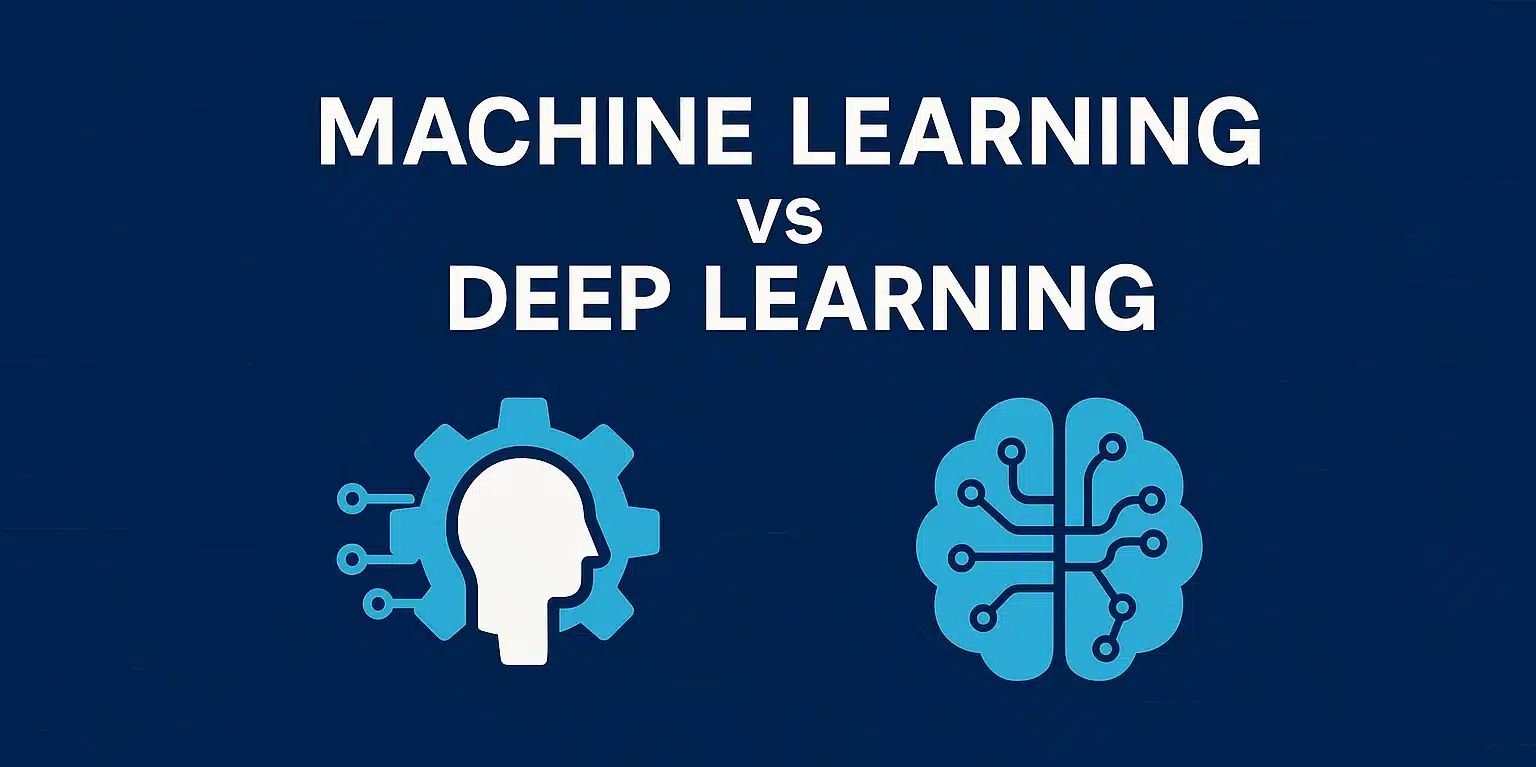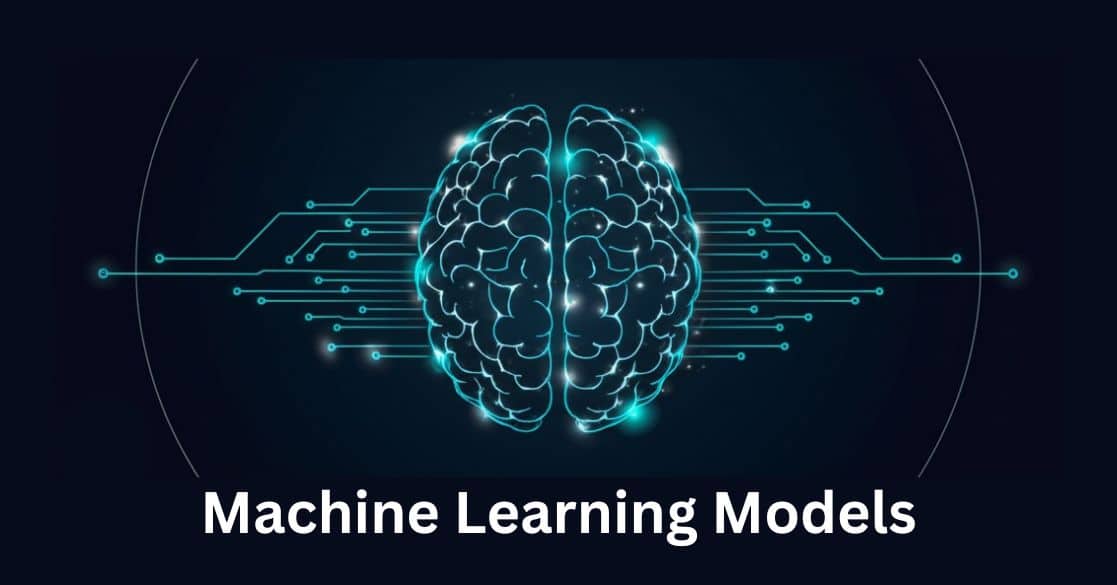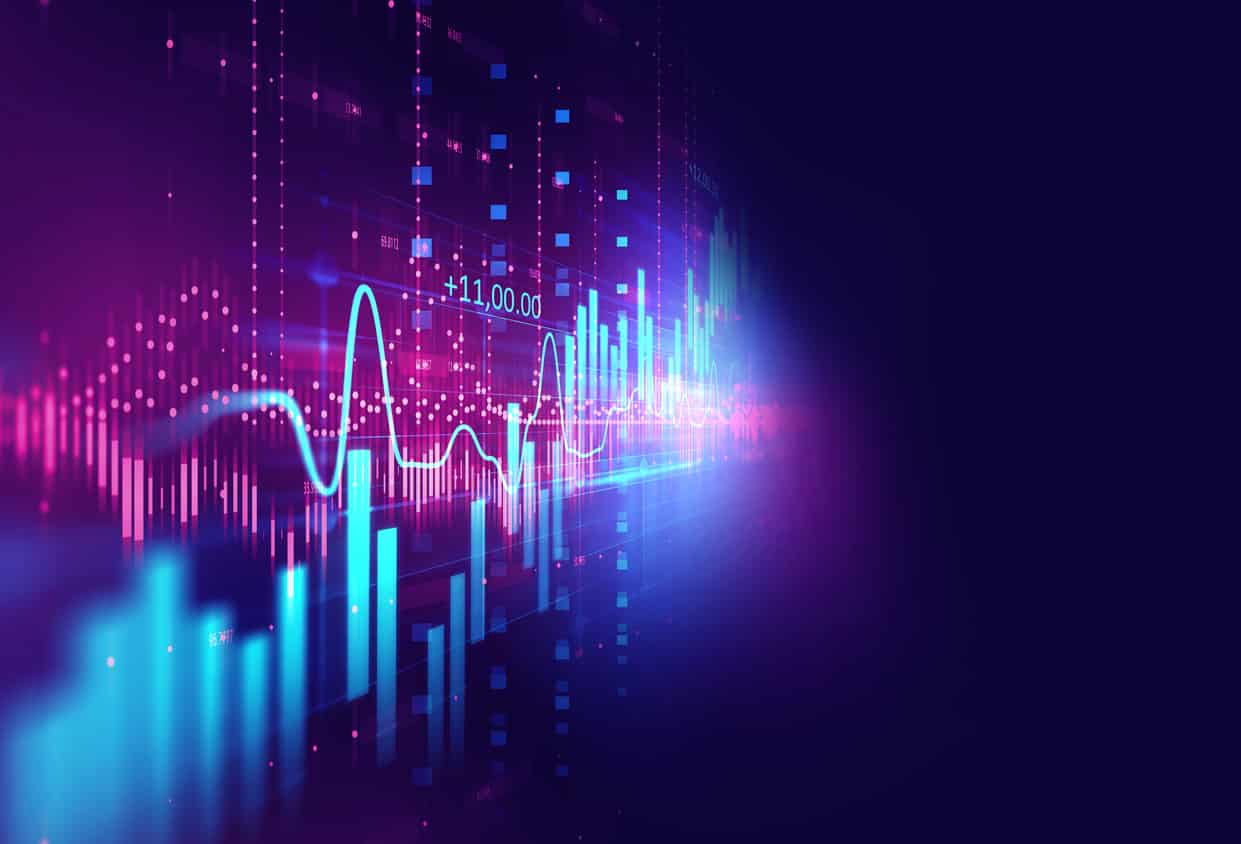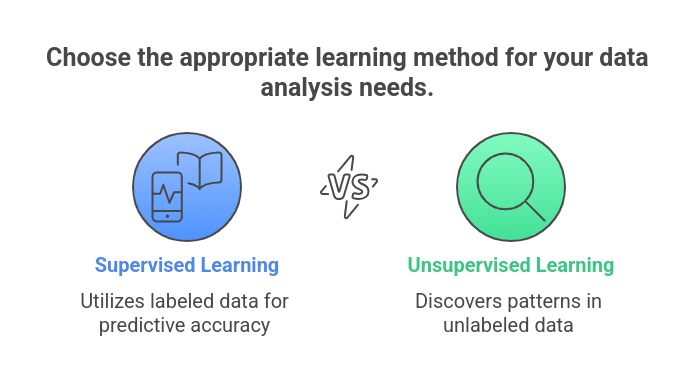Artificial intelligence (AI) is a big part of our everyday lives. It works behind the scenes in many of our electronic devices, helping them run smoothly without us even noticing.
Machine learning and deep learning are major technological forces that power the modern AI revolution. Then again, these two techniques maintain a connection but represent distinct approaches.
This article explains the definitions of machine learning and deep learning and their differences while offering simple instances that exist in real-world applications.
Understanding Machine Learning (ML)
Computational devices use machine learning to acquire knowledge through the examination of data. The use of data by machine learning models enables unprogrammed systems to discover patterns, thus autonomously making decisions.
Consider the process of creating a system that identifies spam and legitimate messages in emails.
Under traditional programming methods, you need to create multiple rules that state, "If the email contains 'prize' mark it as spam."
In contrast to traditional programming, you only need to feed thousands of emails that have been marked as spam and non-spam to the system. The model automatically learns patterns, such as frequent words, sender addresses, and behaviors, and uses them to classify new emails.
There are many types of machine learning algorithms, such as:
Machine learning models often need a feature engineering process. This means humans must decide which aspects of the data (features) are important for learning.
Understanding Deep Learning (DL)
Deep learning is a special type of machine learning that tries to imitate how the human brain works, using structures called artificial neural networks.
These networks have layers of interconnected nodes (neurons) that allow the model to learn extremely complex patterns in data.
The most significant advantage of deep learning is that it automatically learns features from raw data, with no need for manual feature engineering.
Given enough data, deep learning models can recognize intricate patterns that traditional machine learning models cannot easily capture.
For example:
- In image recognition, instead of manually telling the system that "edges" or "colors" are important, a deep learning model learns those concepts by itself by analyzing millions of images.
Popular deep learning architectures include:
- Convolutional Neural Networks (CNNs) for images
- Recurrent Neural Networks (RNNs) for sequences like text or speech
- Transformers for tasks like language translation and text generation
The deep learning modeling process needs great quantities of data along with excessive computing power beyond what traditional machine learning models use.
You should enroll in the Introduction to Deep Learning course to understand both deep learning fundamentals and neural network principles. This free course presents its information in a compact format so beginners can develop their AI foundation.
Machine Learning vs Deep Learning: Comprehensive Comparison

| Aspect | Machine Learning (ML) | Deep Learning (DL) |
| Definition | A subset of AI that enables systems to learn from data using algorithms without explicit programming. | A specialized subset of ML that utilizes multi-layered neural networks to model complex patterns in data. |
| Data Requirements | Performs well with smaller, structured datasets. | Requires large volumes of data, especially unstructured data like images, audio, and text. |
| Feature Engineering | Requires manual selection and extraction of features by domain experts. | Automatically extracts features from raw data through its layered architecture. |
| Algorithm Complexity | Utilizes simpler algorithms such as linear regression, decision trees, and support vector machines. | Employs complex architectures like convolutional neural networks (CNNs) and recurrent neural networks (RNNs). |
| Training Time | Generally faster to train due to simpler algorithms and smaller datasets. | Longer training times due to complex models and large datasets. |
| Computational Power | Can be trained on standard CPUs. | Requires high-performance GPUs or TPUs for efficient training. |
| Interpretability | Models are more transparent and easier to interpret. | Often considered a "black box" due to complex internal workings, making interpretation challenging. |
| Use Cases | Suitable for tasks like spam detection, fraud detection, and predictive maintenance. | Excels in applications such as image and speech recognition, natural language processing, and autonomous vehicles. |
| Human Intervention | Requires more human intervention for feature selection and model tuning. | Minimizes human intervention by automatically learning features and optimizing models. |
| Performance with Unstructured Data | Less effective with unstructured data; requires preprocessing. | Highly effective in handling unstructured data directly. |
Real-World Examples
Here are a few quick, simple real-world examples:
Real-world examples of machine learning (ML):
- Credit card fraud detection that flags unusual spending
- Fast, low-energy weather forecasts using AI models
- AI-guided gene editing (CRISPR) to improve crops and treat disease
Real-world examples of deep learning (DL):
- Self-driving cars that “see” and navigate roads in real-time
- Medical scans (X-rays, MRIs) analyzed to spot illnesses early
- AI tools that create art, music or write realistic text
These examples illustrate the dynamic evolution and real-world impact of ML and DL technologies in 2025, highlighting their expanding roles across various sectors.
Conclusion
Machine learning and deep learning each play important roles in the AI landscape. Machine learning shines when you have structured data, clear features, and moderate computing resources, while deep learning unlocks complex pattern recognition in images, text, and speech, at the cost of larger datasets and more powerful hardware.
The combination of knowledge about fundamental concepts and practical differences will help you select appropriate AI methodologies for upcoming projects.
Master Data Science and Machine Learning in Python with expert-led lessons, real-world case studies, and hands-on projects to build job-ready skills in predictive modeling, feature engineering, and data analysis.
Also Read: Top Deep Learning and Machine Learning Tools
Frequently Asked Questions (FAQ’s)
1. Is deep learning always better than machine learning?
No, deep learning is not always better. For small datasets or simpler problems, traditional machine learning models are faster, cheaper, and often more accurate.
2. Can machine learning models become deep learning models by adding layers?
Not exactly. Simply adding layers to a machine learning model doesn't turn it into a deep learning model. Deep learning models are built with specific neural network architectures designed for hierarchical feature learning.
3. Why does deep learning need more data than machine learning?
Deep learning models have millions of parameters to learn. Without large datasets, they can easily overfit and fail to generalize well to new data.
4. What types of problems are best solved using machine learning instead of deep learning?
Traditional machine learning techniques provide optimal solutions for problems that involve churn prediction, together with fraud detection, loan approval decisions, and demand forecasting when using structured data.
5. Can machine learning and deep learning be used together?
Yes, in many real-world systems, machine learning and deep learning are combined. For example, a deep learning model might extract features from images, and a machine learning model might use those features for final decision-making.






